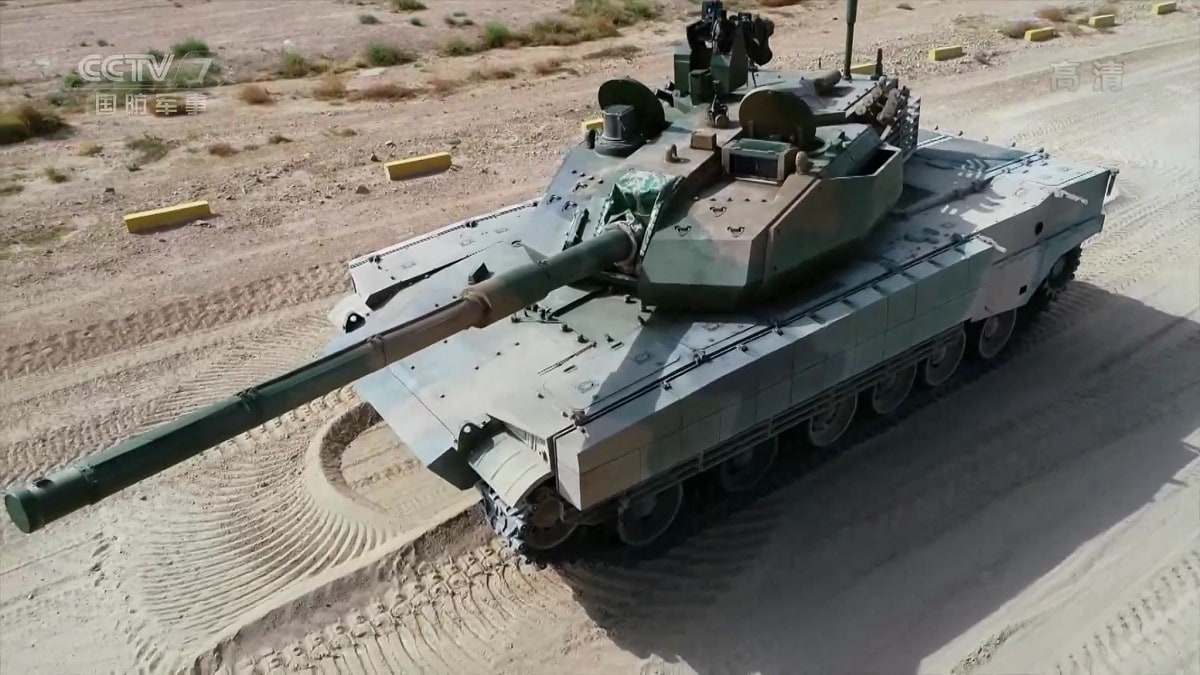What if China were to arm Russia?
How would Ukraine would respond?
What would NATO Do?
The China Challenge in Ukraine
Months back, China released a position paper on the Russo-Ukrainian War that, although short on details, called for a “comprehensive ceasefire,” to “help parties to the conflict open the door to a political settlement as soon as possible,” and opposed the threat or use of nuclear weapons. However, the Biden administration also warned that China is considering sending artillery and drones to backfill Russian supplies. With the heightened possibility of Chinese involvement in the conflict, the war has entered a critical new phase and evidence is accumulating that Western policymakers understand the stakes for Ukraine and wish to avoid a debilitating forever war.
China’s position paper merely states what analysts have gleaned from official statements since the beginning of the conflict. But the prospect of Beijing becoming a participant in the war—either as a diplomatic facilitator or arms provider—reinforces the fact that China does not want its closest strategic partner to be weakened beyond recognition. With its vast industrial base, the potential battlefield implications of Chinese involvement in Ukraine are significant.
China’s public signaling that it would like the war to end sooner rather than later and that it will not allow the Russian position to collapse should be taken as a warning to the West. How involved Beijing would be in any negotiating process is unclear but providing Moscow with battlefield capabilities could effectively counteract the aid being sent by Ukraine’s partners.
Ukraine War: Thinking Through a Tough Scanerio
Even without a Chinese intervention, there are already signs that the costs of trying to outlast Russia’s unending attacks are becoming more difficult for the United States and its allies to bear. Concerns about future volumes of military aid are clearly impacting the calculus of Western policymakers. On the heels of President Joe Biden’s surprise visit to Kyiv, a report from the Wall Street Journal indicated that several NATO allies are pushing Ukrainian president Volodymyr Zelenskyy to consider peace talks with Russia.
According to the Journal, there are “deepening private doubts among politicians in the U.K., France and Germany that Ukraine will be able to expel the Russians from eastern Ukraine and Crimea … and a belief that the West can only help sustain the war effort for so long, especially if the conflict settles into a stalemate.” This account tracks with an earlier report from the Washington Post this month which noted that “U.S. officials are telling Ukrainian leaders they face a critical moment to change the trajectory of the war.” The Post cited a warning from a senior administration official that “We will continue to try to impress upon them that we can’t do anything and everything forever.”
The truth is that Western production levels for several critical munitions, such as Javelin anti-armor missiles and 155 mm howitzer rounds, simply cannot keep pace with Ukrainian rates of fire in the field. While Russian rates of fire have reportedly declined sharply, Kyiv is completely dependent on Western military aid to resist the mass onslaught of newly-mobilized Russian units. Additionally, the pace and intensity of the fighting is inflicting a heavy toll on Ukrainian manpower and resources. Along with the severe economic and infrastructure damage sustained during the first year of the conflict, millions of Ukrainians have fled abroad.
Those who remain are conscripted and sent to the frontlines after only a month of training; both sides have suffered high numbers of casualties as a result. Yet, given Russia’s relative advantages in manpower and indigenous industrial production, Western leaders are right to conclude that Ukraine is unlikely to restore the status quo ante.
Ukraine’s partners should encourage Kyiv to consolidate its gains now rather than expend more manpower and material in a taxing spring offensive against entrenched Russian units. A long war in Ukraine contains several risks that do not serve U.S. interests and could complicate efforts to bring the conflict to a close. As a recent study from the RAND Corporation explained, these risks include Russian nuclear use, a direct conflict between NATO and Russia, prolonged humanitarian suffering, enduring global economic disruptions, and a drain on U.S. resources needed for other strategic priorities. For Ukraine itself, an unending war against a nuclear-armed great power neighbor will hamstring its national reconstruction efforts and deter international investors.
What Happens Next?
The West’s efforts to arm Ukraine without provoking a direct confrontation with Russia have been successful so far. Similarly, Ukraine’s victories on the battlefield have refuted pessimistic assessments about its ability to recapture occupied territory. However, the trajectory of any war can change quickly and what has worked for the last twelve months may not be optimal for the next twelve. “Time,” as former Secretary of State Condoleezza Rice and former Secretary of Defense Robert Gates warned recently, “is not on Ukraine’s side.”
The prospect of a Chinese intervention in the conflict should drive that point home for those in Western capitals who see the writing on the wall.
From 19FortyFive: H-20: China Is Building a New Stealth Bomber
From 19FortyFive: Is Russia’s Su-57 Felon Stealth Fighter a Total Bust?
From 19FortyFive: Merkova: Israel Has A Super Tank
Matthew C. Mai is a research associate at Defense Priorities.

